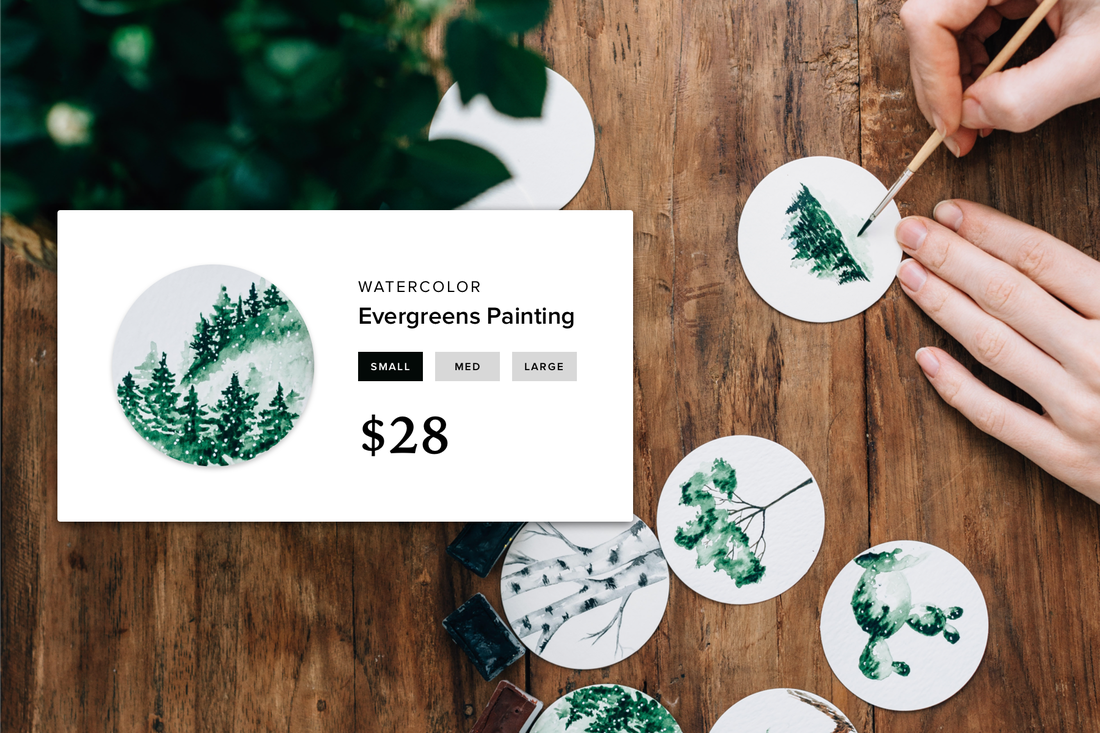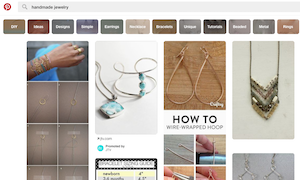Every business expert on the planet will tell you to define your mission statement. But has anyone ever said to do the same for your website?
Before any website can be effective or even attractive in our world of drive-by users, it has to have a purpose — a clear, explainable, concise purpose that people can spot immediately. Now, you might think this happens through a process of good design. And you'd be right, but how do you know what makes design effective?
How does a designer know what words to display, how pages should be organized, or what pages should exist in the first place? These things aren't mysteries. They all come from a vision statement — a document that lays out the core scope and purpose of the site.
Here's a modified example from a project I worked on recently:
How does a designer know what words to display, how pages should be organized, or what pages should exist in the first place? These things aren't mysteries. They all come from a vision statement — a document that lays out the core scope and purpose of the site.
Here's a modified example from a project I worked on recently:
"Acme teaches site visitors about health insurance, encourages them to provide the information we need to give them a quote, and then helps those users through the screening process. The website's goal is to not only get the attention of potential customers, but to also earn their trust. Once they apply, one of Acme's agents guides them through the process."
See how this defines the scope and purpose without actually getting specific about how the purpose will be achieved? This is what you want from a good vision statement.
Here's how to create your own vision statement, and why each part of the process matters.
It starts at the beginning
The first thing to ask yourself is why you got into business in the first place. Doing this will help you clarify your business goals, which will later on help you clarify your website's goals. Whether it's you alone or a team of co-stakeholders, hashing out the basic purpose of your business can help you narrow down the same thing for your website.
Sometimes, this is very simple — you own a roofing company, so your purpose is to do better roofing replacements and repairs than your competitors, and you got into it because it's the family business. Other times, you can go into a near existential crisis trying to sort out why you became a real estate agent. Simply putting some words around the purpose of your business can work wonders for sorting out your long-term vision for what the website will say and do.
Research isn't just for college students
Next up, spend a few minutes digging through the competition to uncover their site goals, and how they present them. For example, one competitor's website might be focused on getting the user to contact the company. Another site might be centered on getting the user to reserve a spot through a calendar or call a sales person.
Let's say your goal is to get people to contact you. Driving users to a form on the website, then, is likely a good solution. How is your competition doing it? How does their website design motivate users to take that action?
It's good to be different
Now that you know what your competition is doing on their sites — how they're presenting themselves, how their sites look and behave — you can form a plan to make yours different and better. And being different is the best thing you can do. When all the competition is saying the same thing, the one who says something unique is often the one who wins.
Roping it off
Now it's time to form a mental list of what kinds of content should be on the site to drive users to contact you — what role each page plays in that objective, how much the website can do in the short term and what it can do later.
In other words, you can define the *scope* of your website. In doing this, you set up some boundaries for all the decisions you'll make next. If you're working with another person on the site's development, you'll most definitely want boundaries. Ideas will start flying around, and a defined scope helps you understand context, not only for the benefit of the site, but for the benefit of yourself. (It's easier to stay sane during a big project when you already know when idea deserves a "No")
Write it up!
The last step is to write it all down and tell everyone involved with the site's design. Vision statements can be just a paragraph or two, like the one at the start of this article. (In fact, if you make it any longer, you decrease the odds anyone will read or remember it.) The very act of writing it down reinforces the objectives in your own mind. Communicating it afterwards reinforces that you know what you want and are the fearless leader of the whole operation.
This overarching vision also becomes the guiding light for everyone involved. When everyone knows what the site should do and be, they can contribute on their own in a positive way.
If this all sounds cumbersome, don't worry; it shouldn't take long at all to whip up this vision statement. Taking the time to do so will save you time (and maybe, even money) during the project.
Good luck!
See how this defines the scope and purpose without actually getting specific about how the purpose will be achieved? This is what you want from a good vision statement.
Here's how to create your own vision statement, and why each part of the process matters.
It starts at the beginning
The first thing to ask yourself is why you got into business in the first place. Doing this will help you clarify your business goals, which will later on help you clarify your website's goals. Whether it's you alone or a team of co-stakeholders, hashing out the basic purpose of your business can help you narrow down the same thing for your website.
Sometimes, this is very simple — you own a roofing company, so your purpose is to do better roofing replacements and repairs than your competitors, and you got into it because it's the family business. Other times, you can go into a near existential crisis trying to sort out why you became a real estate agent. Simply putting some words around the purpose of your business can work wonders for sorting out your long-term vision for what the website will say and do.
Research isn't just for college students
Next up, spend a few minutes digging through the competition to uncover their site goals, and how they present them. For example, one competitor's website might be focused on getting the user to contact the company. Another site might be centered on getting the user to reserve a spot through a calendar or call a sales person.
Let's say your goal is to get people to contact you. Driving users to a form on the website, then, is likely a good solution. How is your competition doing it? How does their website design motivate users to take that action?
It's good to be different
Now that you know what your competition is doing on their sites — how they're presenting themselves, how their sites look and behave — you can form a plan to make yours different and better. And being different is the best thing you can do. When all the competition is saying the same thing, the one who says something unique is often the one who wins.
Roping it off
Now it's time to form a mental list of what kinds of content should be on the site to drive users to contact you — what role each page plays in that objective, how much the website can do in the short term and what it can do later.
In other words, you can define the *scope* of your website. In doing this, you set up some boundaries for all the decisions you'll make next. If you're working with another person on the site's development, you'll most definitely want boundaries. Ideas will start flying around, and a defined scope helps you understand context, not only for the benefit of the site, but for the benefit of yourself. (It's easier to stay sane during a big project when you already know when idea deserves a "No")
Write it up!
The last step is to write it all down and tell everyone involved with the site's design. Vision statements can be just a paragraph or two, like the one at the start of this article. (In fact, if you make it any longer, you decrease the odds anyone will read or remember it.) The very act of writing it down reinforces the objectives in your own mind. Communicating it afterwards reinforces that you know what you want and are the fearless leader of the whole operation.
This overarching vision also becomes the guiding light for everyone involved. When everyone knows what the site should do and be, they can contribute on their own in a positive way.
If this all sounds cumbersome, don't worry; it shouldn't take long at all to whip up this vision statement. Taking the time to do so will save you time (and maybe, even money) during the project.
Good luck!
 Robert Hoekman Jr Robert is a design strategist who has authored several renowned books and dozens of articles on User Experience. He is also a columnist and contributing editor at Iron & Air.
Robert Hoekman Jr Robert is a design strategist who has authored several renowned books and dozens of articles on User Experience. He is also a columnist and contributing editor at Iron & Air.





